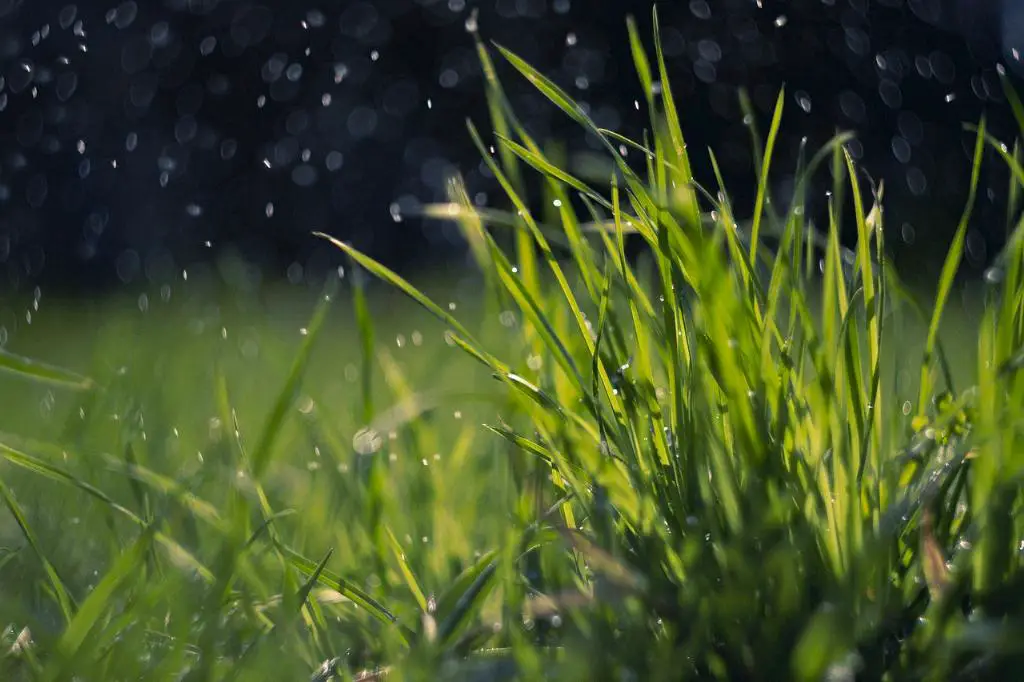When it comes to the intriguing world of lawn care and maintenance, one common question that may arise is, “What Do Lawn Grubs Look Like?” To shed light on this topic, let’s delve into the fascinating characteristics of these underground dwellers.
The Enigmatic Identity of Grubs
Grubs, scientifically known as phyllophaga, represent the larval or immature phase of certain beetle species. These peculiar creatures take on a distinctive C-shaped form, which sets them apart from other garden inhabitants.
The White and Wrinkly Trait
One of the most defining features of lawn grubs is their white and wrinkled appearance. These tiny yet intriguing beings stand out with their unique coloration and texture, making them easily distinguishable from the soil that surrounds them.
Size Matters – From Quarter-Inch to Over an Inch
Measuring anywhere from a mere ¼ inch to well over an inch in length, these creatures vary in size based on their developmental stage. Despite their small stature, their presence can have a significant impact on the health of your lawn.
Soft Bodies with Leg Proximity
Lawn grubs possess soft bodies that are not only intriguing but also delicate in nature. What’s more, these curious critters have legs positioned near their head, allowing them to navigate their subterranean habitat with ease.
Signs and Symptoms of Grub Infestations
Identifying the presence of lawn grubs is crucial for maintaining a healthy lawn. Keep an eye out for signs such as wilting grass, brown patches, and irregular turf growth, as these could indicate a potential grub infestation.
Preventing Grub Troubles in Your Lawn
To safeguard your lawn from the detrimental effects of grub infestations, consider implementing preventive measures such as regular aeration, proper watering techniques, and maintaining a balanced soil pH. These proactive steps can help mitigate potential grub-related issues.
Exploring the World Beneath the Surface
As we uncover the mystery of what lawn grubs look like, we gain a newfound appreciation for the intricate ecosystem that exists beneath the surface of our lawns. These curious creatures play a crucial role in the natural cycle of soil health and nutrient recycling.
Embracing the Diversity of Garden Life
From the white and wrinkled appearance of grubs to their leg proximity and varying sizes, each aspect of these underground inhabitants showcases the diverse array of life forms that coexist within the microcosm of your garden.
Cultivating Curiosity for Nature’s Wonders
By delving into the fascinating world of lawn grubs, we embark on a journey of discovery and appreciation for the intricate beauty that thrives within our own backyard. Let us continue to nurture our curiosity and respect for the natural world that surrounds us.
Protecting Your Lawn, One Grub at a Time
As we conclude our exploration of what lawn grubs look like, remember that vigilance and proactive lawn care practices are key to preserving the health and vitality of your outdoor space. By staying attuned to the signs of grub activity, you can protect your lawn from potential harm.

Embracing the Cycle of Life in Your Garden
In the grand tapestry of nature, every creature – from the tiniest grub to the towering tree – plays a vital role in maintaining the delicate balance of our ecosystem. By fostering a deeper understanding of the life forms that inhabit our garden, we cultivate a sense of wonder and respect for the interconnectedness of all living things.
